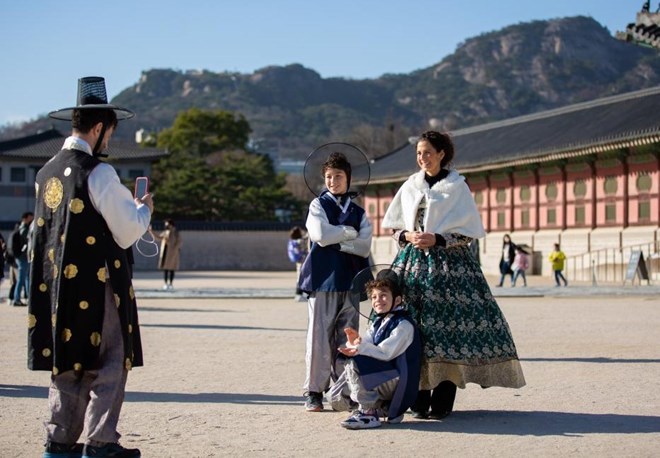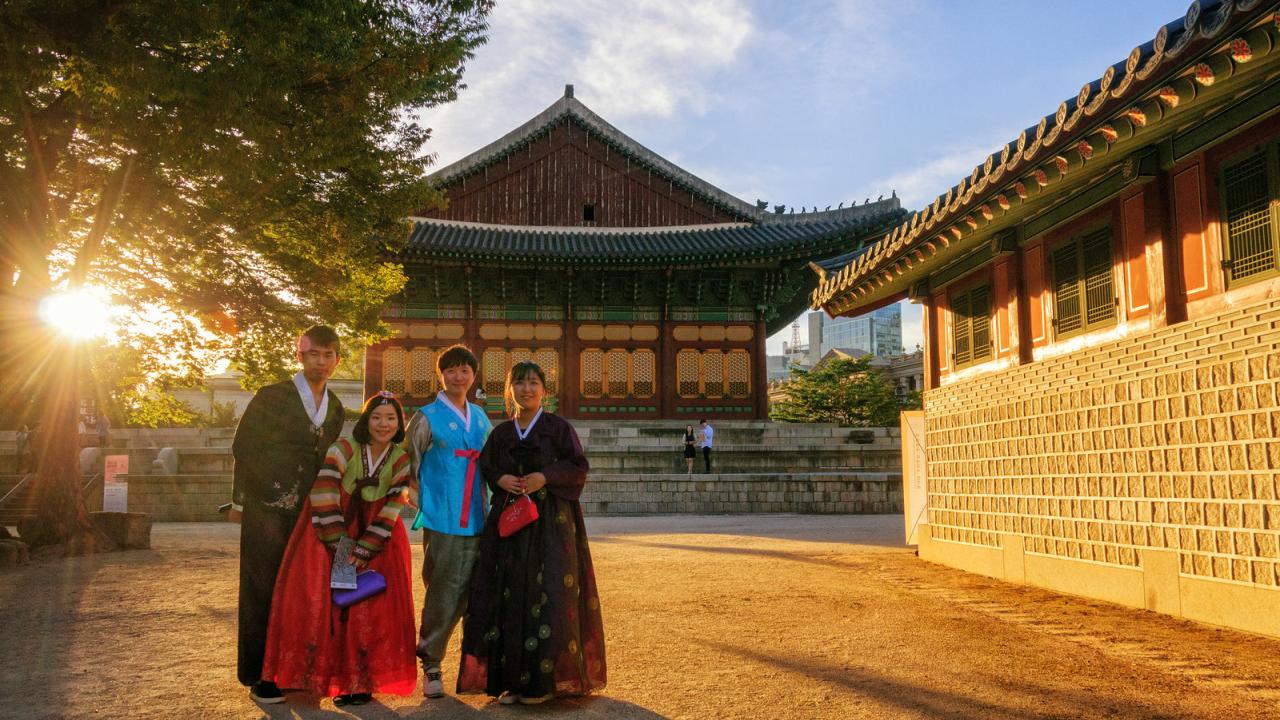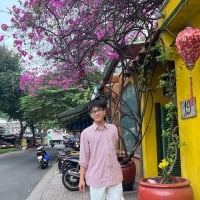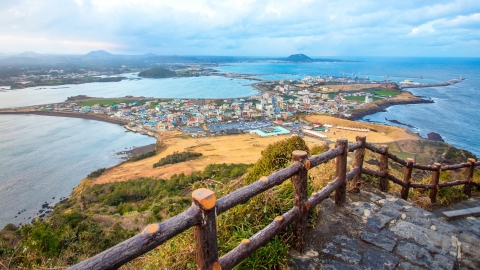Korean historical and costume dramas are flourishing.
Some of the policies implemented include selecting 10 typical traditional craft villages in the country; training experts who can cover both traditional and contemporary culture; and developing outstanding traditional festivals of Korea.

Foreign tourists visit Gyeongbokgung Palace, wearing hanbok to take pictures. Photo: Xinhua.
From there, screenwriters and film producers have the material to fully exploit the abundant resources from history and traditional culture. Historical films produced by Korea quickly created a fever throughout Asia.
In 2003, the film "Dae Jang Geum" became the first historical drama to achieve widespread commercial success in Asia, spreading to the Middle East, America, and Europe.
Then, from “Jumong” (2007), “Sungkyunkwan Scandal” (2010), “Moon Embracing the Sun” (2012), “Empress Ki” (2013), “Ruler: Master of the Mask” (2017), “Mr. Sunshine” (2018)… successively proved the appeal of Korean historical dramas to international audiences.
Unlike Chinese historical dramas, Korea has created its own brand with romantic love stories and dramatic battles for power in feudal times. Popular culture critic Jeong Deok Hyun commented that for foreign audiences looking for different content, Korean historical dramas have many unique features, from the setting, costumes, and appearance of the actors, all of which are meticulously and attractively constructed.
However, some opinions say that fictional characters and events built in historical films can overshadow historical values, causing audiences to misunderstand the country's history. However, Professor Park Chan-seung of the Department of History, Hanyang University shares a different view on the role of historical films: "I expect historical films to promote traditional culture rather than history. From that perspective, even fictional historical films have meaning. Films with fictional and fantasy details can avoid distorting history or being opposed by descendants of real historical figures. From there, filmmakers can be more creative and develop more widely."
According to the Korean press, in just a decade, global audiences have become familiar with the Joseon Dynasty, gorgeous hanboks, traditional dishes, Korean cultural features...
Movies are a super profitable promotional strategy
As movies, music groups, and reality shows became popular globally, audiences from many countries flocked to Korea to experience Korean culture firsthand. The Korea Tourism Organization (KTO) quickly offered package tours that included visits to filming locations and landmarks featured in popular movies and TV series.
The South Korean government also quickly built and opened “K-Culture Valley” in Goyang, a $1.2 billion Hallyu (Korean wave)-inspired theme park.
Before the COVID-19 pandemic, South Korea earned $21.5 billion from tourism, attracting a total of 17.5 million tourists in 2019. A survey conducted by the KTO in 2019 showed that total spending by tourists related to Hallyu was $1.1 billion; Hallyu-related tourism accounted for 55.3% of total domestic tourism. In particular, the cosmetics and fashion industries also grew rapidly thanks to the influence of top actors and stars in the entertainment industry.
Many Korean landmarks such as Gyeongbokgung Palace built during the Joseon Dynasty, the 600-year-old Bukchon Hanok Village, Deoksugung Palace, and Borinara Hagwon Field have become attractive tourist destinations after being chosen as the setting for many famous works.
The Guardian newspaper affirms that each Korean historical drama brings the audience new lessons about Korean culture, history, and cuisine.



































